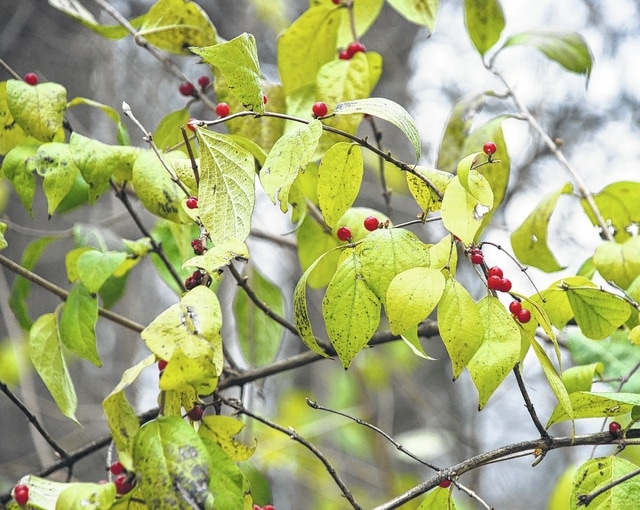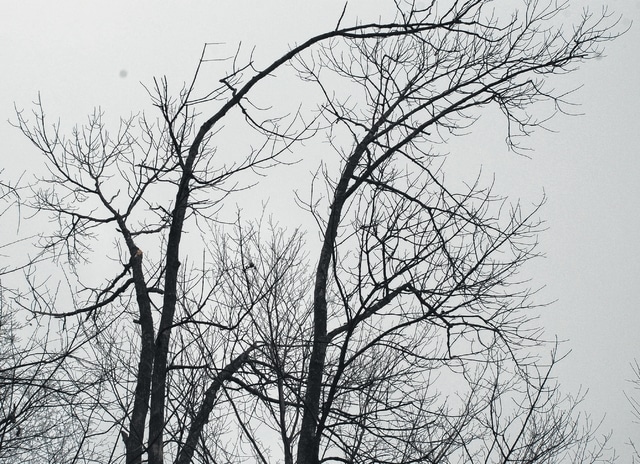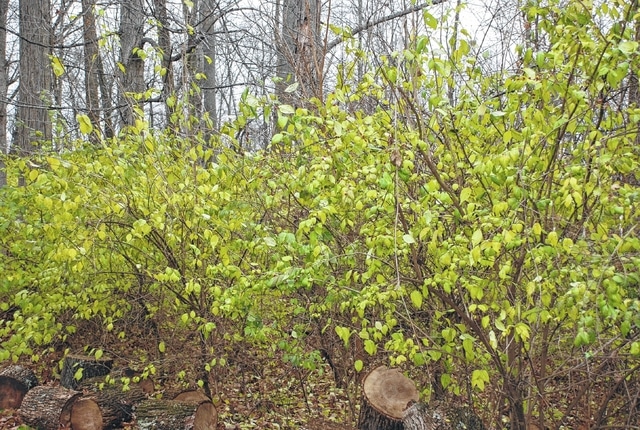


Emerald Ash Borer (EAB) has taken its toll on ash trees across Ohio. Property owners may be facing a daunting task of high populations of ash trees in wooded areas. Here are some tips to help manage these areas to keep them healthy and productive.
Ash wood deteriorates very quickly once dead and does not have much value. Because of this, it is also important to take down dead ash trees within a year before they fall down and damage property, other trees or people using the area. Felling dead trees can be hazardous and in some cases it may be safer to let them fall on their own. Use caution when working around dead trees. The entire state has been infested with EAB so there are no restrictions on moving wood from county to county but it still cannot be moved across state lines even if that state has been infested.
When considering harvesting trees, it is important to work with an Ohio Department of Natural Resources service forester. They will help you with the contract and sale of trees to make sure you are doing what is best for your woodlot. The service forester for Champaign County is Steve McGinnis and he can be reached at 614-212-3291 or [email protected]. Service foresters will help you identify ash trees and other species that are ready to be harvested and ensure you do not harvest any other species too soon. Proper management can improve the value of your land and increase wildlife habitat as well.
Consulting foresters is recommended as well to assist with timber harvest activities such as marking trees, advertising, administering sealed bid sales, and developing the contract. A directory of foresters can be found at http://osafdirectory.com. A great website to learn more about selling timber is http://callb4ucut.com/ohio/. You can request a free info packet on the website or call 1-877-424-8288.
If a professional is hired to harvest trees, make sure you are paid in full by the time the first cut is made. Also, mark trees below the cut line that are to be harvested. This will prevent the company from taking any trees you do not want harvested. The Ohio Wood Products website lists logging companies and price reports at http://ohiowood.osu.edu/.
While not a common practice, in woodlots where ash trees make up a majority of the trees, replanting may need to occur. A forester will help evaluate the woods to determine if there is adequate natural regeneration of desirable species or if planting should be considered. If planting does occur, carefully consider which trees will work best in the woodlot. Diversity of species is important to protect against future invasive insects and diseases. A forester can recommend species for your woodlot. OSU Extension Bulleting 924 Ash Replacements for Urban and Woodland Plantings offers descriptions and suggestions as well. It can be found at: http://www.emeraldashborer.info/documents/OH/AshTreesOH.pdf
Once a woodlot is harvested, it is important to keep out any invasive species such as bush honeysuckle or multiflora rose. These will proliferate with the added light from opening up the canopy and make it difficult to enjoy the area. A fact sheet Controlling Non-Native Invasive Plants in Ohio Forests: Bush Honeysuckle can be found at http://ohioline.osu.edu.
Managing your woodlot, whether it has ash or not, is important to the long term viability, enjoyment and value of that land.




